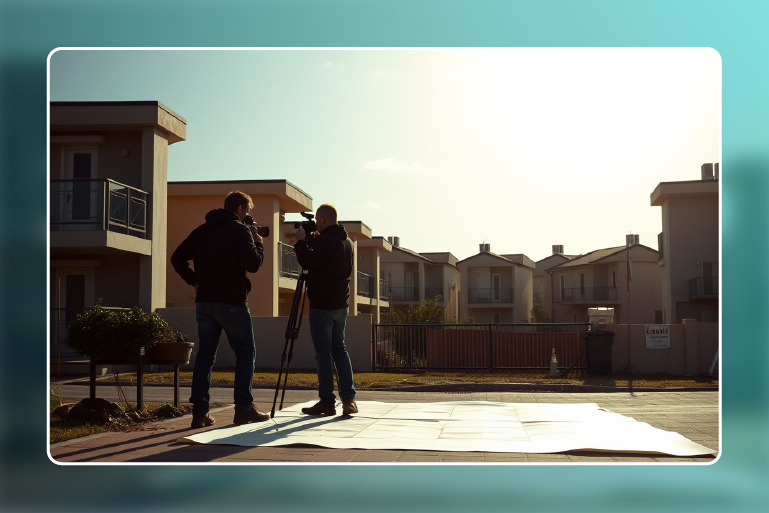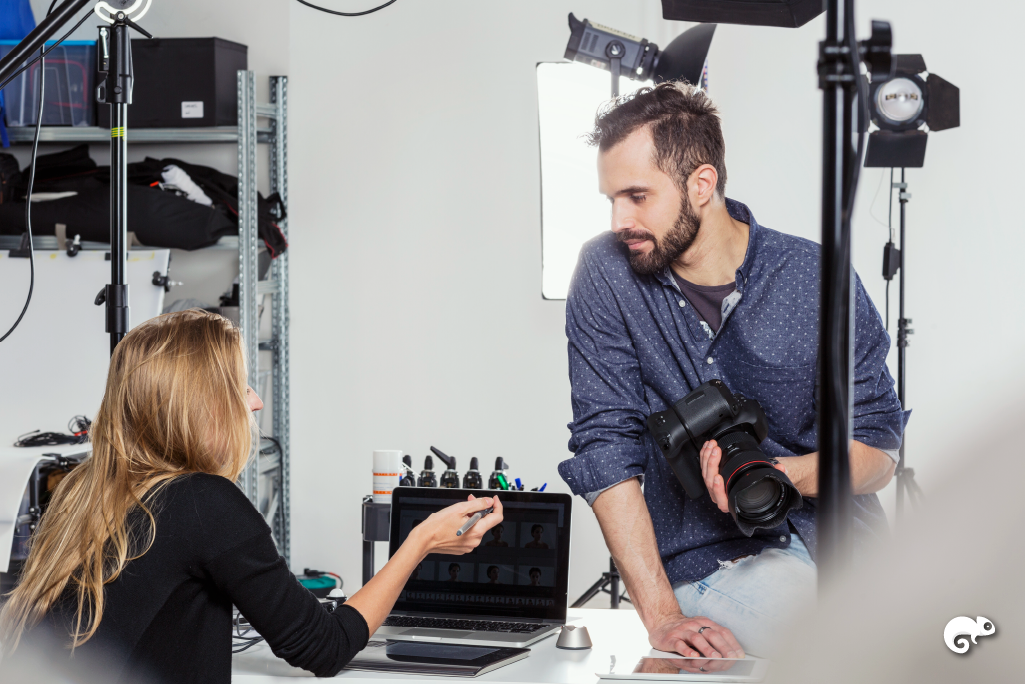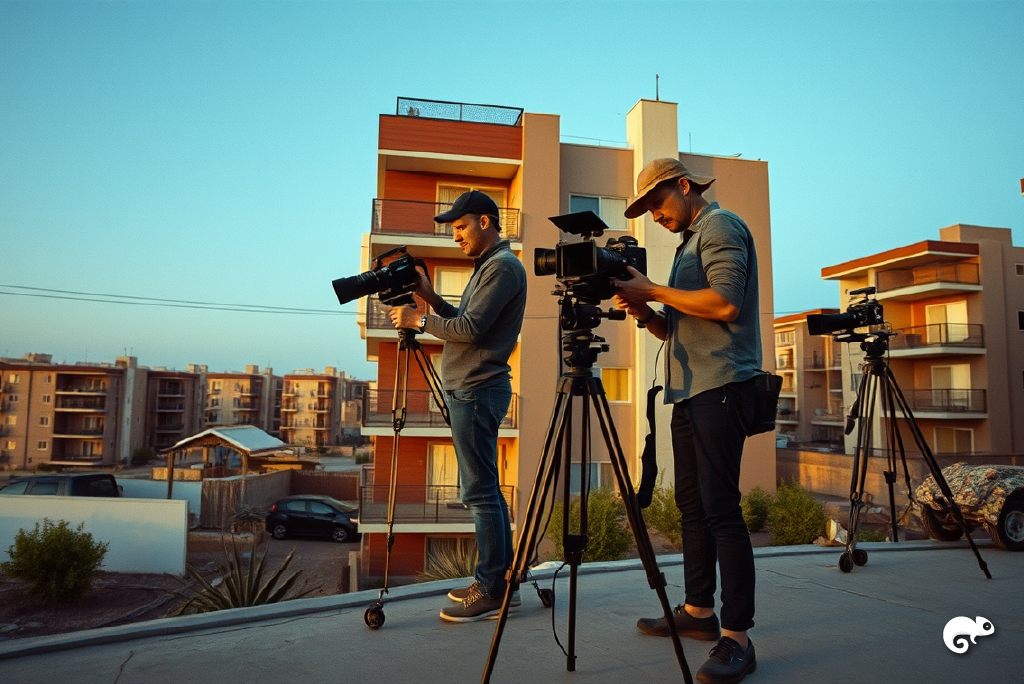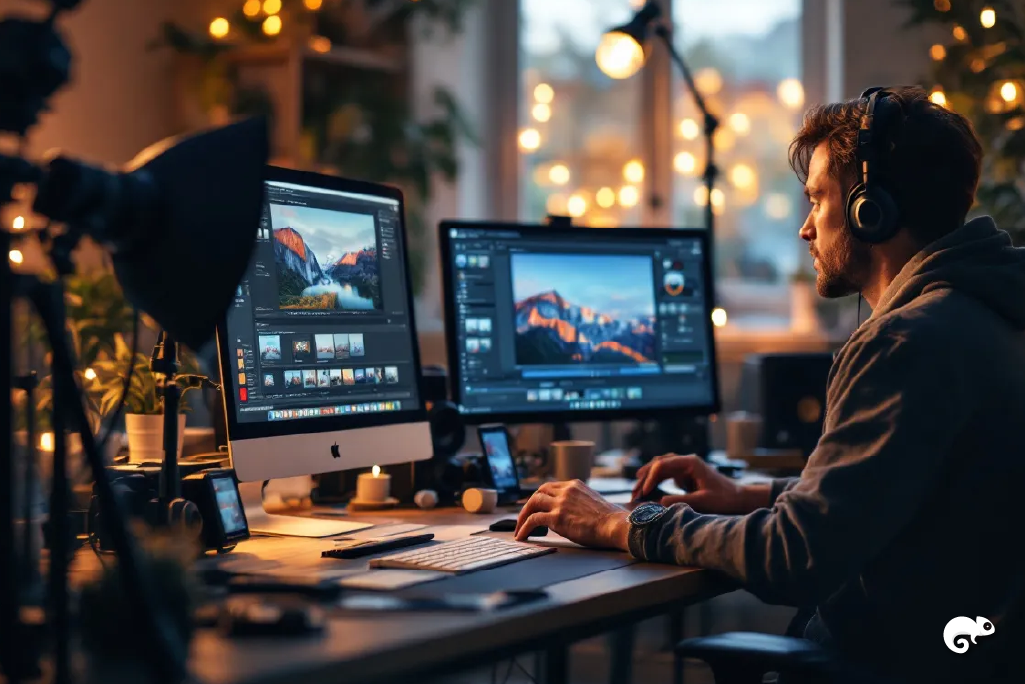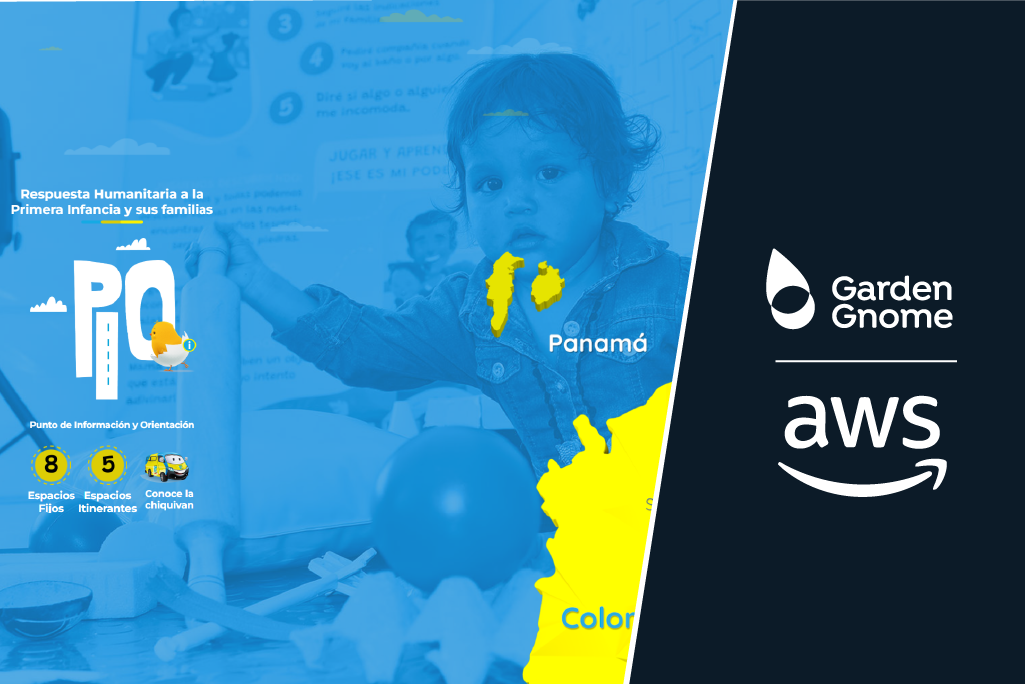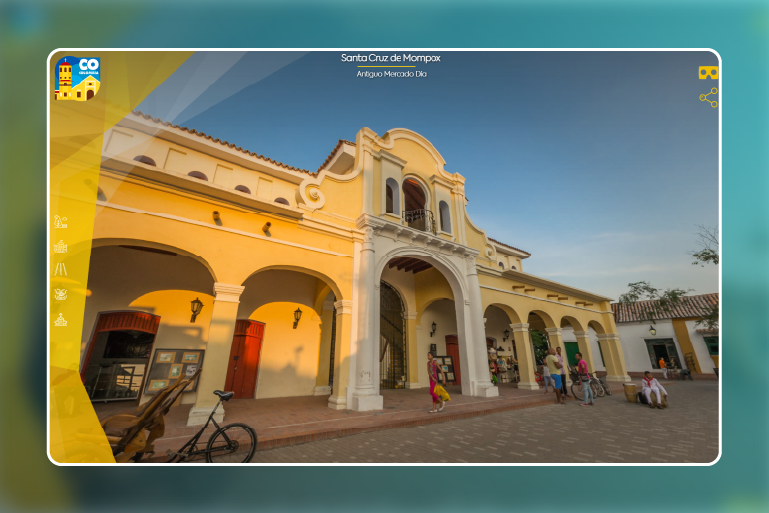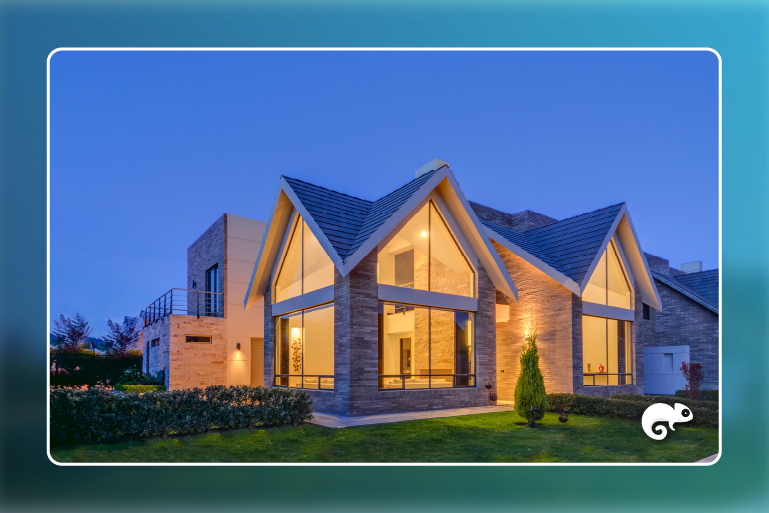Virtual tours have transformed the way we explore and showcase spaces. Thanks to this technology, it is possible to navigate an environment immersively without physically being there.
This tool is essential in industries such as real estate, tourism, hospitality, retail, and the automotive sector, as it enables remote visualization of properties, destinations, and products. This allows customers to gain a clear understanding of the spaces where they will experience something before making a purchasing decision.
The creation process of a virtual tour is a well-planned task involving various technologies, such as 360° photography or 3D scanning and modeling, along with specialized software to assemble scenes and build interactive online experiences.
In this article, we will explore how a virtual tour is produced, providing insight into the entire process behind this powerful tool.
Planning a Virtual Tour
Before starting production, proper planning is essential. The first step is to define the objectives and purpose of the virtual tour to align all efforts toward the desired outcome.
It is important to determine which scenes will be produced. Depending on the project, 360° photography is ideal for real spaces, while 3D renders and models are better suited for projects without a physical representation or those that cannot be photographed.
Additionally, the user experience must be designed. Factors such as smooth navigation, points of interest, and interactive elements should be defined at this stage. Accurate planning ensures an efficient production process and a virtual tour that meets audience expectations.
Producing Virtual Environments
Producing virtual environments is one of the most crucial phases of the process. Depending on the type of virtual tour, different techniques and tools may be used, some involving photographic production and others not.
When the virtual tour is based on a real-world environment, 360° photography sessions are conducted. This process requires scene preparation before capture, ensuring that the space is aesthetically optimal. Small details, such as turning on available lights, help achieve a high-quality final result.
To ensure the best quality, high-resolution cameras should be used. Unlike smartphones or standard 360° cameras, professional photographers, like the Perspektiva 360 team, prefer DSLR cameras with Nodal Ninja panoramic heads, which provide superior image quality.
In most cases, multiple captures of the same space are taken to ensure detailed views from various angles. Additionally, photographic techniques like bracketing are used to capture multiple exposures, leading to high-quality results during editing.
If the virtual tour is intended for platforms like Google Street View, additional images are often captured to ensure smooth navigation and consistency with Google’s system.
For projects still under development or unbuilt properties, 3D renders are the best alternative. Specialized modeling software creates highly realistic digital representations, allowing detailed visualization of every aspect of the space.
Regardless of the chosen method, capture quality is fundamental. Well-lit images, strategic framing, and optimal resolution ensure a smooth and immersive user experience.
Editing and Assembling a Virtual Tour
Once images or renders are obtained, the editing and assembly phase begins. Specialized software such as Pano2VR or 3DVista is used to merge individual captures and construct an interactive and seamless tour.
One of the initial processes in this phase is stitching, which involves merging multiple images to form a 360° panoramic view. This process requires precision to avoid distortions and ensure a smooth visual experience.
Further color corrections and image optimizations are performed in software like Adobe Lightroom to enhance the final quality. Even with high-end photography equipment, visual enhancements are recommended to achieve the best results. Adjustments to lighting, color, and sharpness contribute significantly to the final tour’s quality.
Another crucial aspect of editing is image optimization to ensure fast loading times and an uninterrupted user experience.
Additionally, software allows for the addition of interactive elements such as hotspots (clickable points of interest), explanatory tags, and links to different areas within the tour.
Since virtual tours must be compatible across various web browsers, extensive navigation testing is conducted to ensure the experience is smooth, immersive, and engaging across all devices.
Publishing a Virtual Tour
Once the virtual tour is complete, the next step is its publication and integration into digital platforms when necessary.
Virtual tours can be hosted on dedicated servers or platforms like Google Street View, Kuula, or Matterport, which make them easily shareable. At Perspektiva 360, we prefer AWS and Pano2VR because they allow for customized experiences and seamless updates.
Additionally, virtual tours can be embedded into websites, making them easily accessible without requiring additional downloads.
For an even more immersive experience, a virtual tour can be optimized for VR headsets, offering users an unparalleled way to explore spaces.
Finally, testing after publication ensures stability and functionality, guaranteeing a professional and error-free presentation.
